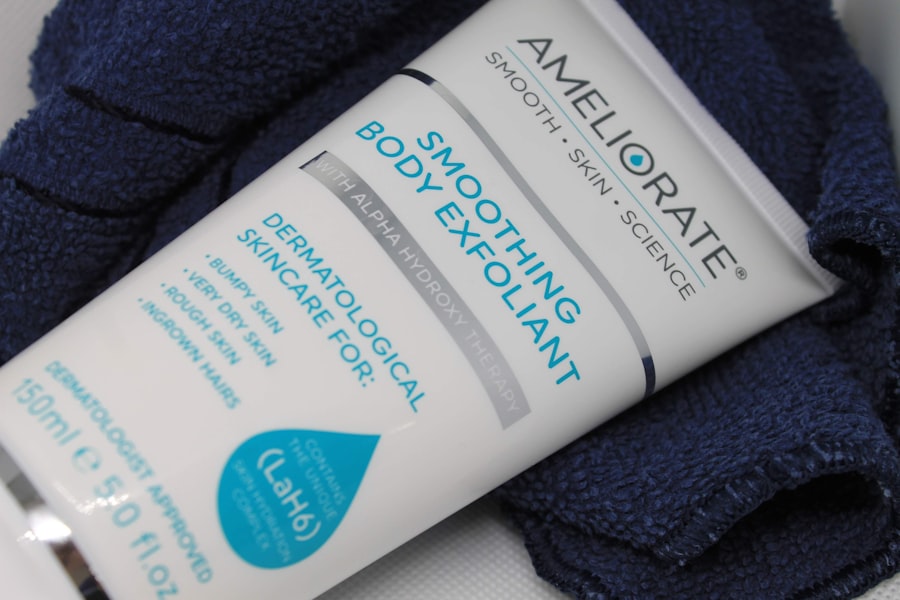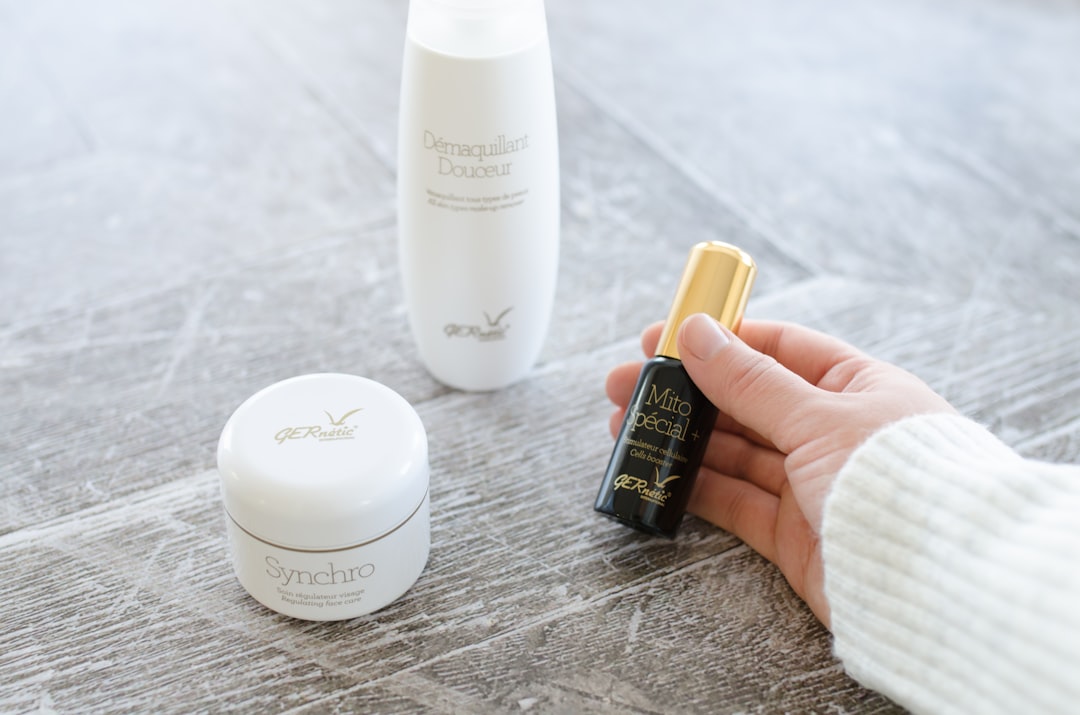Laser hair removal is a popular cosmetic procedure that utilizes concentrated beams of light to target and eliminate unwanted hair. The process works by emitting a specific wavelength of light that is absorbed by the pigment in the hair follicles. This absorption generates heat, which damages the follicles and inhibits future hair growth.
As you consider this treatment, it’s essential to understand how it works and what to expect during your sessions. During your initial consultation, a trained professional will assess your skin type, hair color, and overall health to determine if you are a suitable candidate for laser hair removal. The effectiveness of the treatment can vary based on these factors, as the contrast between your skin tone and hair color plays a significant role in how well the laser can target the follicles.
Typically, individuals with lighter skin and darker hair see the best results, but advancements in technology have made it possible for a broader range of skin tones and hair colors to benefit from this procedure.
Key Takeaways
- Laser hair removal targets hair follicles with concentrated light to inhibit future hair growth
- Shave the treatment area before the appointment and avoid sun exposure and tanning beds
- Apply soothing creams and cold compresses to alleviate discomfort and redness after treatment
- Use sunscreen with high SPF to protect treated areas from sun exposure
- Follow up with maintenance treatments as recommended by your dermatologist for long-term results
Preparing for Laser Hair Removal Treatment
Preparation is key to ensuring a successful laser hair removal experience. Before your appointment, you should avoid sun exposure for at least two weeks. Tanning can increase the risk of complications and reduce the effectiveness of the treatment.
Additionally, it’s advisable to refrain from waxing, plucking, or electrolysis for at least four to six weeks prior to your session, as these methods can disturb the hair follicles that the laser aims to target. On the day of your treatment, arrive with clean skin. This means no lotions, creams, or makeup on the areas being treated.
Your practitioner may provide you with specific instructions tailored to your needs, so be sure to follow them closely. Depending on your pain tolerance and the area being treated, a topical anesthetic may be applied to minimize discomfort during the procedure. Understanding these preparatory steps will help you feel more confident and ready for your laser hair removal journey.
Post-Treatment Care Instructions
After your laser hair removal session, proper care is crucial for optimal results and to minimize any potential side effects. Initially, you may experience some redness or swelling in the treated areas, similar to a mild sunburn. This is a normal reaction and should subside within a few hours to a couple of days.
To soothe your skin, apply a cool compress or aloe vera gel as needed. It’s important to avoid hot showers, saunas, or intense workouts for at least 24 hours post-treatment to prevent further irritation. In addition to managing immediate reactions, you should also be mindful of how you care for your skin in the days following your session.
Avoid exfoliating products or harsh scrubs for at least a week, as these can irritate sensitive skin. Instead, focus on gentle cleansing and moisturizing to keep your skin hydrated and comfortable. If you notice any unusual symptoms or prolonged discomfort, don’t hesitate to reach out to your practitioner for guidance.
Managing Discomfort and Side Effects
| Discomfort and Side Effects | Metrics |
|---|---|
| Number of patients experiencing discomfort | 235 |
| Types of side effects reported | nausea, fatigue, headache, dizziness |
| Severity of discomfort on a scale of 1-10 | 6.5 |
| Number of patients requiring intervention | 45 |
While many people tolerate laser hair removal well, some may experience discomfort during or after the procedure. The sensation can vary from person to person; some describe it as a slight snapping feeling akin to a rubber band against the skin. If you find that discomfort is an issue for you, discuss pain management options with your practitioner beforehand.
They may suggest using a topical anesthetic or adjusting the laser settings to enhance your comfort level. In terms of side effects, it’s essential to be aware that while most are mild and temporary, some individuals may experience more significant reactions. These can include blistering, changes in skin pigmentation, or even scarring in rare cases.
To mitigate these risks, always choose a qualified and experienced practitioner who uses FDA-approved equipment. Following their post-treatment care instructions diligently will also help reduce the likelihood of adverse effects.
Protecting Treated Areas from Sun Exposure
One of the most critical aspects of post-laser hair removal care is protecting your skin from sun exposure.
It’s advisable to avoid direct sunlight on treated areas for at least two weeks following your session.
If you must be outdoors, wearing protective clothing or seeking shade can help shield your skin. Additionally, applying a broad-spectrum sunscreen with an SPF of 30 or higher is essential when exposed to sunlight. This will not only protect your skin but also help maintain the results of your treatment by preventing any discoloration or irritation that could arise from sun exposure.
Make it a habit to reapply sunscreen every two hours if you’re spending extended periods outside.
Long-Term Maintenance and Follow-Up Treatments

Laser hair removal is not typically a one-and-done procedure; most individuals require multiple sessions for optimal results. The number of treatments needed can vary based on factors such as hair growth cycles and individual response to the laser. Generally, sessions are spaced about four to six weeks apart to allow time for hair follicles to enter the appropriate growth phase for effective targeting.
After completing your initial series of treatments, you may still need occasional maintenance sessions to keep unwanted hair at bay. These follow-up treatments are usually less frequent and can help address any regrowth that occurs over time. Staying in touch with your practitioner will ensure that you receive personalized recommendations based on your progress and any changes in your hair growth patterns.
Recommended Skincare Products for Post-Laser Hair Removal Care
Choosing the right skincare products after laser hair removal can significantly impact your recovery and results. Look for gentle cleansers that are free from harsh chemicals or fragrances; these will help cleanse without irritating sensitive skin. A soothing moisturizer containing ingredients like aloe vera or hyaluronic acid can provide hydration and comfort post-treatment.
Additionally, consider incorporating products with anti-inflammatory properties into your routine. Ingredients such as chamomile or calendula can help calm redness and promote healing. Always consult with your practitioner about specific product recommendations tailored to your skin type and needs; they may suggest certain brands or formulations that have proven effective for their patients.
Tips for Maximizing Results and Minimizing Risks
To maximize the benefits of laser hair removal while minimizing potential risks, there are several strategies you can adopt throughout your treatment journey. First and foremost, choose a reputable clinic with experienced practitioners who use advanced technology. Research reviews and ask for recommendations from friends or family who have undergone similar treatments.
Additionally, maintain open communication with your practitioner regarding any concerns or questions you may have before or after treatments.
Lastly, adhere strictly to all pre- and post-treatment care instructions; this diligence will not only enhance your results but also ensure a smoother experience overall.
In conclusion, understanding the laser hair removal process is essential for anyone considering this treatment option. By preparing adequately, following post-treatment care instructions diligently, and maintaining open communication with your practitioner, you can achieve optimal results while minimizing risks associated with the procedure. With proper care and attention, you’ll be well on your way to enjoying smooth, hair-free skin for years to come.
After undergoing laser hair removal treatment at Elase, it is important to follow proper aftercare instructions to ensure the best results. One helpful resource for learning more about laser hair removal aftercare is the blog section on the In Laser Hair Removal website. In their blog, they provide valuable information and tips on how to care for your skin post-treatment to minimize any potential side effects and maximize the effectiveness of the procedure. For more information on laser hair removal aftercare, visit





